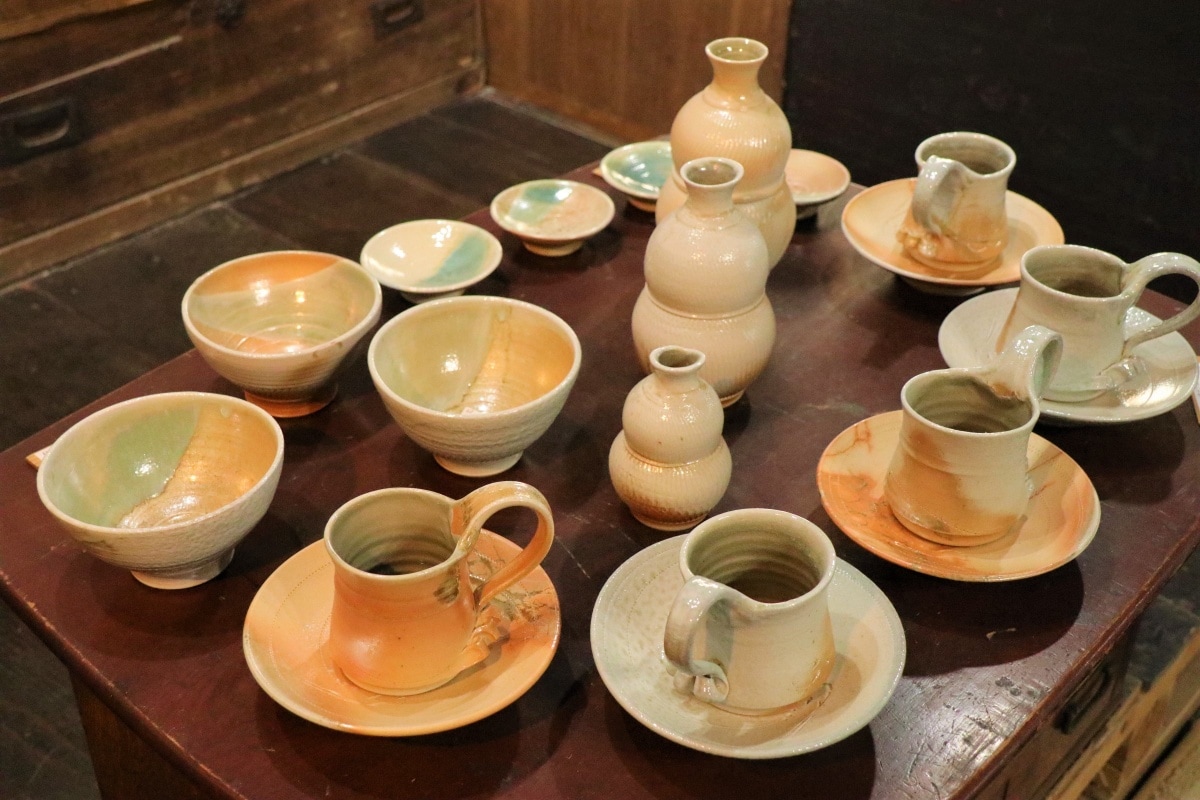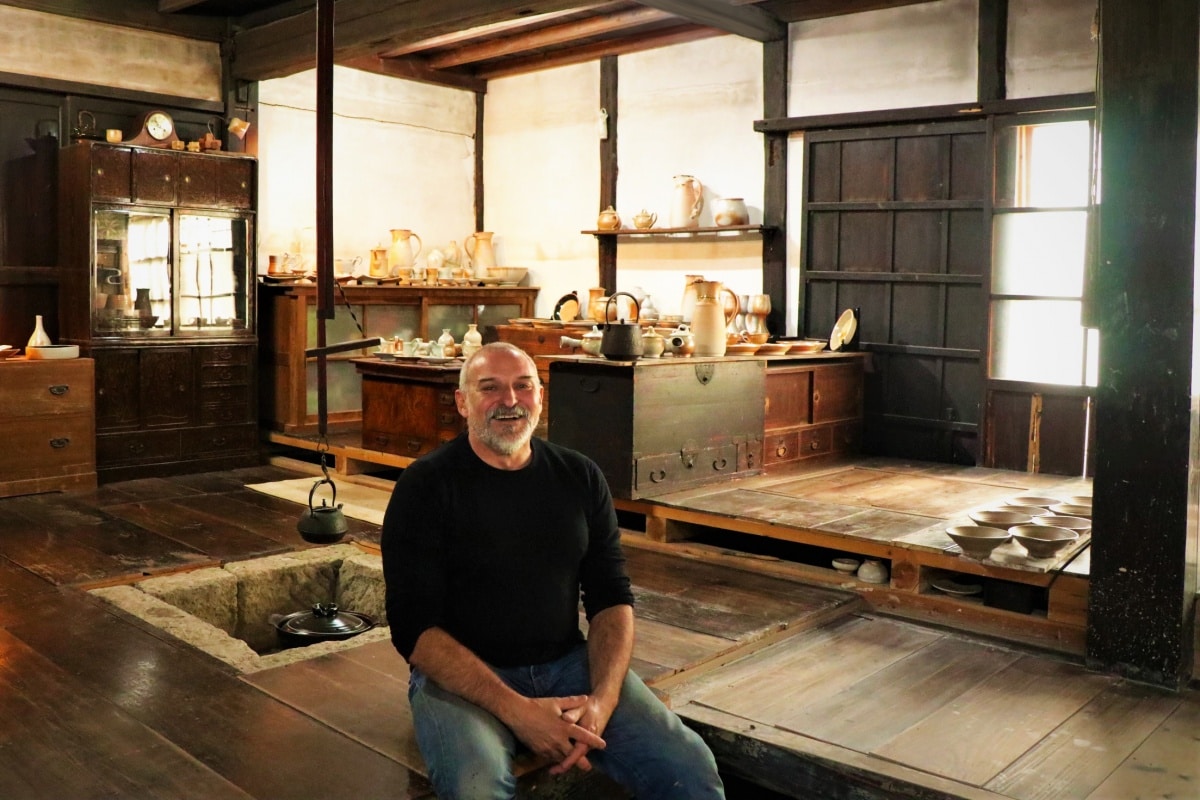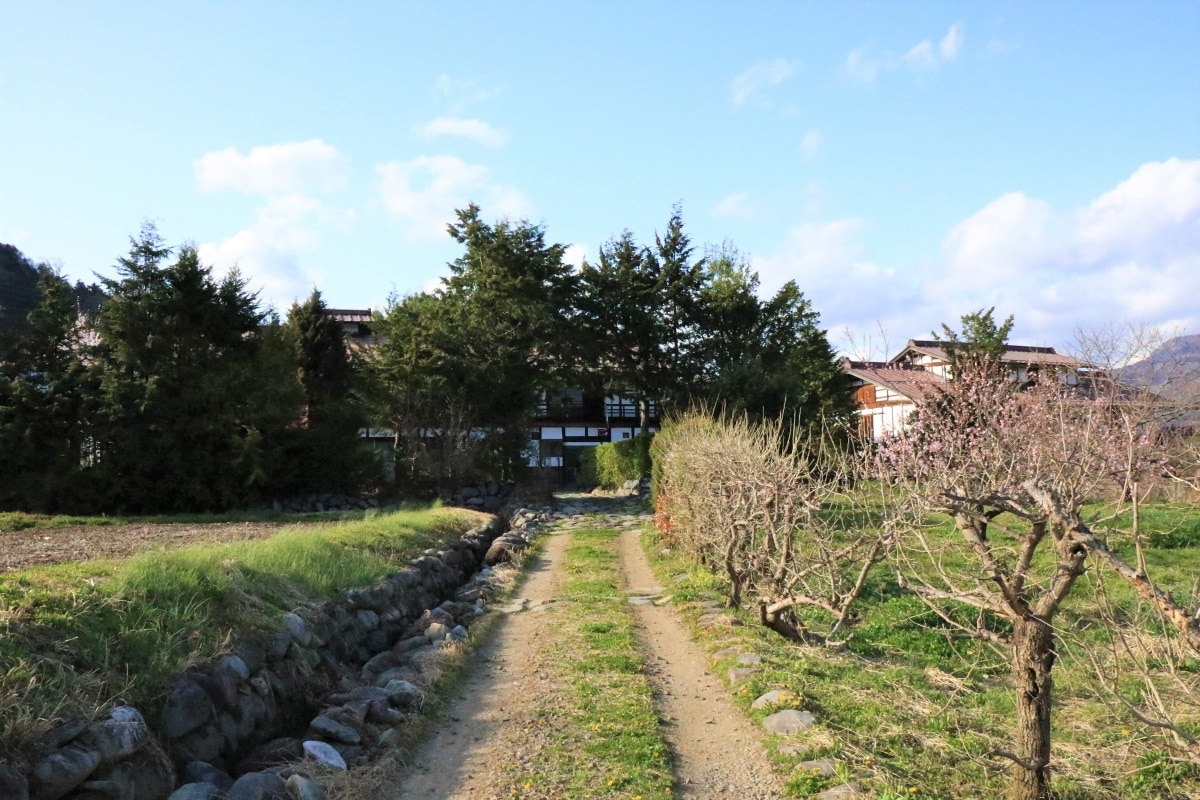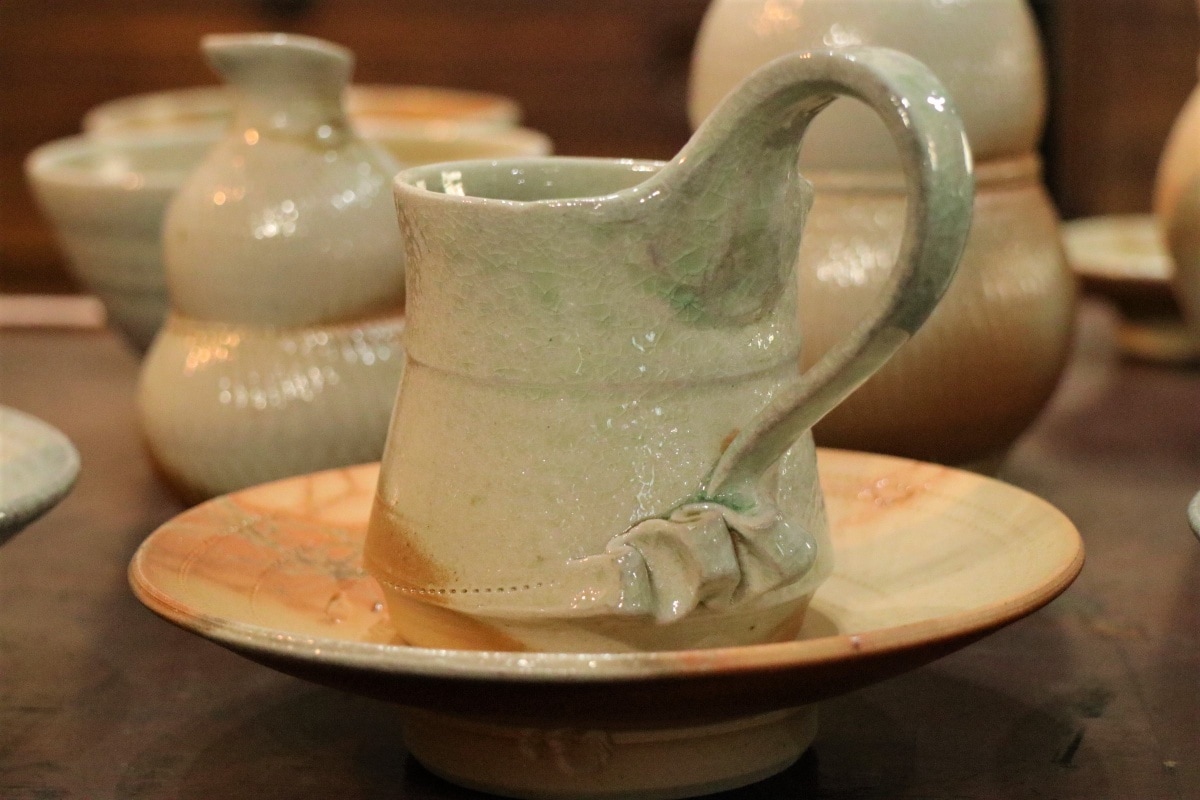Shaping Things That Endure

Japanese pottery comes in many varieties. One of them is Mashiko ware, produced in the town of Mashiko in Tochigi Prefecture since the late Edo Period (1603-1867). The area’s high-quality clay and proximity to the large Tokyo market made Mashiko into one of Japan’s leading pottery regions.
By Highlighting Japan
Euan Craig’s life in Japan began in Tochigi with Mashiko’s pottery community, but he first sat at a potter’s wheel in Australia. Born in Melbourne in 1964, he began to think of his future when he was just fourteen. His choice of career was more of an objective calculation than a calling. “I wanted a job I wouldn’t retire from, where I could forge my body and work with my hands. It also had to include my interests in science, art and philosophy,” he says. Ceramics met all of these requirements.
Euan ran a small ceramics workshop in Swan Hill for four years after graduating with a BA in ceramic design from La Trobe University in Bendigo. During that time, a Japanese friend introduced him to the pottery community of Mashiko.

In January 1990, Euan set off on a life-changing pilgrimage. The town of Mashiko is the mecca of Mashiko ware, and gained enormous attention from the mingei folk-art movement led by Living National Treasure Shoji Hamada in the 1920s. “I studied Japanese ceramics and folk-art movements in university and had heard of Mashiko, so I really wanted to go there someday,” states Euan.
Euan became an apprentice of Tatsuzo Shimaoka, a student of Shoji Hamada and Living National Treasure himself. Euan spoke no Japanese upon arriving in Japan, but he studied hard while training under Shimaoka and also learned the fundamental mingei teaching: mingei works are made by and for the common people, and are beautiful due to their rusticity and utility. Euan opened a studio in 1994, and lived in Mashiko for 21 years in total. He integrated with the community and met his wife there. As a member of the Japan Mingei Association, he firmly believes in the holistic relationship of creativity, craft, and the beauty of usefulness.

After his shop and kiln were ruined in the 2011 Great East Japan Earthquake, however, he moved to the town of Minakami in Gunma Prefecture, with his livelihood and his family’s safety driving his decision. He now lives in an old farmhouse in Minakami with his wife and four children. His large workshop and gallery are set up inside the house, with a fireplace for winter work, a dirt floor, and large windows that let in ample sunlight. Euan draws water from the well outside, and shapes his wares using a foot-powered potter’s wheel.
Euan says he is proudest of his plates and other tableware. “Meals bring people together and nourish them—just like art.” He is collaborating with three restaurants near an art shop in Tokyo to make works to fit the cuisine of their special menus. He plans to hold a 25th-anniversary exhibit at the same art shop in November 2018.
Euan is pleased by that milestone, but his idea of success is something different. “I create beautifully simple and practical items that people will continue to use every day of their lives, and will remain even after I’m gone. That is the art of everyday life.” His work is fundamentally tied to the daily existence of other people, and to enriching their world.




